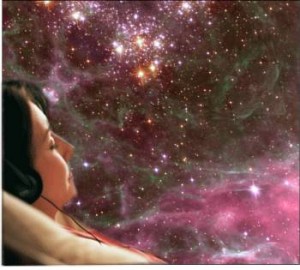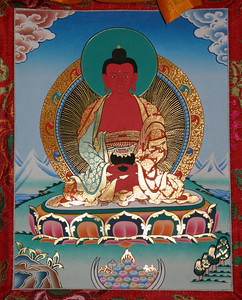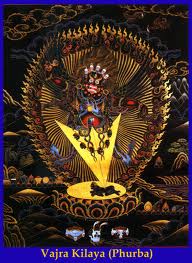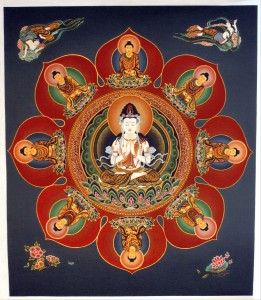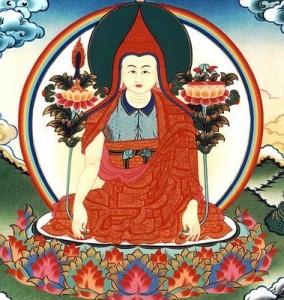
The following is respectfully quoted from “Drops of Nectar” by Ngagyur Nyingma Institute:
The Ultimate and Meaningful Instruction: Longchen Rabjam
Supreme glorious master, all-pervasive lord of the hundred Buddha-families.
Who combines into one, the power of compassion and enlightened activity.
Of the limitless mandala of the infinite Victorious Ones,
I constantly pay homage at your feet.
Ema, fortunate yogins listen to me. We have all now obtained this perfect human body with the freedoms and endowments. We have been introduced to the precious teachings of the higher vehicle. We have the freedom to behave in accordance with the sublime dharma. At this time, we should make sure that our human life does not go to waste and pass without meaning. We must establish our ultimate goal correctly. The categories of teachings are innumerable, the doors to the teachings are countless, and the commentaries to the teachings are vast.
If you cannot practice the essential points of the teachings, then although one knows a hundred thousand volumes of scriptures by heart, certain benefit at the time of death is difficult to achieve. Although you may have acquired boundless qualities of knowledge through study and contemplation, if your mindstream does not accord with genuine dharma you will not be able to tame the enemy of delusions. Moreover, if you don’t commit to an attitude of not needing anything, even with control over the one billion world systems, contentment won’t arise.
Without preparing soon for the uncertain time of death, you will not accomplish the great essential objective when death occurs. If you don’t correct your own mistakes and train in unbiased pure perception, being motivated by attachment and aversion, you won’t fully enter t dharma of the greater vehicle.
Among the six realms of the three worlds, there is not even a single sentient being who has not been your parent. If you do not regularly and continually aspire and pray for their well-being and happiness with the compassionate mind of enlightenment, the treasure of benefiting others will not be revealed. If you do not cultivate the devotion to your root guru that regards him as even more kind than the actual Buddha, the power of blessings will not be great.
If genuine blessings do not enter into you, the sprout of experience and realization will not emerge. Without realization dawning from within, the fruit of enlightenment will not be obtained through mere intellectual understanding or empty talk. In short, if you do not mingle your mind with dharma, merely appearing like a practitioner will not bring about your purpose. Consider that you do not need more than is merely sufficient to support your life force and vital energy.
Pray single-pointedly to your guru and practice Guru Yoga. Whatever virtuous activities you do, always focus on the benefit for sentient beings, your parents. No matter what happiness or sorrow, good or bad might occur, always meditate on the compassion of your guru. Within the expanse of self manifesting non-grasping self-cognizing awareness, abide in non-fabricated and unforced naturalness. Whatever thought arises; know its nature and liberate everything as the play of the true nature of reality.
Without so much as a hair tip of something solid to meditate on, and without falling for even a moment under the power of perpetual ordinary delusion, maintain undistracted mindfulness in all your daily activities. By training in recognizing all sights and sounds — whatever arises of the six consciousnesses — as magical play lacking true existence, you will gain mastery over the experiences of the bardo.
In short, at all times and on all occasions ensure that whatever you do accords with the sacred dharma and dedicate all virtue for the attainment of enlightenment. Acting in that way, you will not only fulfill the intentions of your root guru but also be of service to the teachings. You will repay the kindness of your parents and spontaneously accomplish the two benefits, of self and others.
I request that you retain this in your hearts. Even if you meet me in person, other than these instructions, I have nothing more to say. Therefore, at all times and on all occasions, practice!
The powerful conqueror, the excellent Longchen Rabjam wrote this when he lived on the slope of Gangri Thodkar. May it be virtuous!
